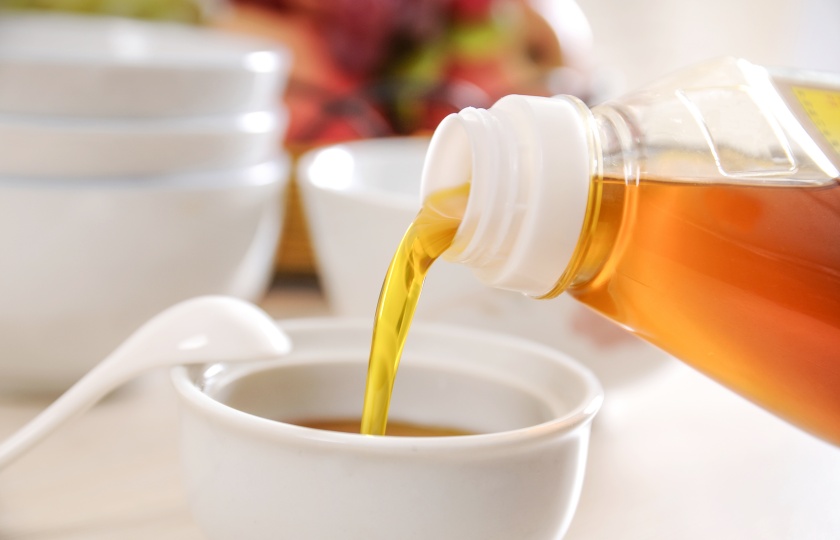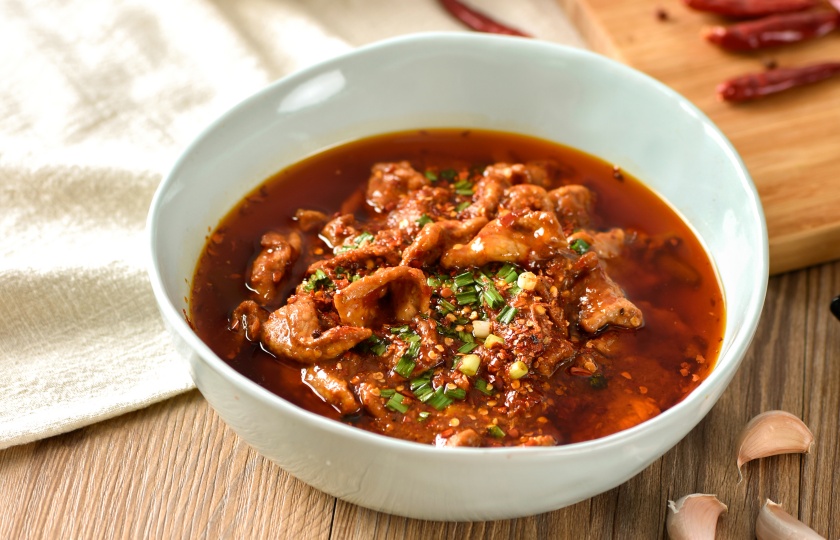Best Sichuan Peppercorn Oil Substitute Options

Sichuan peppercorn oil is famous for its unique numbing and spicy flavor, but what can you use as a substitute when you don't have it on hand? Let's explore some simple and practical alternatives.
What can you substitute for Sichuan peppercorn oil?
Ground Sichuan pepper + vegetable oil:
You can mix some ground Sichuan pepper with vegetable oil (like canola or peanut oil), heat it slightly, and it will mimic the aroma and numbing effect of Sichuan peppercorn oil. Adjust the pepper-to-oil ratio to your taste, generally around 1:10.
Chili oil:
If you like spicy flavors, chili oil can be a substitute. While it doesn't have the numbing effect of Sichuan pepper, its spicy kick can still add a similar flavor enhancement to your dish.
Olive oil + other spices:
For an aromatic boost, you can use olive oil or another vegetable oil, adding ingredients like garlic, ginger, or bay leaves, then heating it lightly. This creates a fragrant oil that adds a different dimension to the flavor without overpowering the dish.
Sesame oil:
Sesame oil has a unique nutty flavor. When paired with a small amount of Sichuan pepper powder, it can create a numbing, spicy effect. While the flavor is not identical to Sichuan pepper oil, it is still a good alternative.
What does Sichuan peppercorn oil taste like?
Sichuan peppercorn oil has a unique and layered flavor profile that stands out in a variety of dishes:
Numbing flavor:
The most distinctive characteristic of Sichuan pepper oil is the numbing sensation. The compound "hydroxy-alpha-sanshool" in the peppercorn creates a mild tingling or numbing feeling that is different from spiciness and gives a unique sensory experience.
Aromatic spiciness:
Sichuan peppercorn oil is not just numbing but also has a rich, spicy fragrance. Unlike chili oil's heat, the peppercorns bring a citrus-like, refreshing scent that is warm and aromatic, adding depth to your dishes.
Umami:
The oil also enhances the umami of food, bringing out the layers of flavor in a dish and making it more appetizing and enticing.
This numbing, spicy, and aromatic flavor is perfect for dishes like mapo tofu, hotpot sauces, or cold dishes, making every bite lively and memorable.

How to use Sichuan peppercorn oil?
Sichuan peppercorn oil is versatile and can elevate many dishes. Here are some common ways to use it:
As a seasoning:
Sichuan peppercorn oil is excellent as a finishing touch. Drizzle it into hot dishes like mapo tofu or cold salads to instantly add numbing heat and fragrance. Especially for spicy dishes that need a fresh aroma, adding Sichuan peppercorn oil enhances the layers of flavor, leaving a lasting impression.
In stir-fries or soups:
You can also use Sichuan peppercorn oil for stir-frying or in soups. It works well with spicy dishes like Kung Pao chicken or hotpot bases. When heated, the fragrance and numbing sensation of the peppercorns will infuse the dish, making the flavor more rich and layered.
As a dipping sauce:
Sichuan peppercorn oil is perfect as a dipping sauce for hotpot, cold noodles, or skewers. Mix it with garlic, soy sauce, vinegar, and other seasonings to add spice and enhance the overall flavor.
As a garnish:
Even simple hot dishes or noodle soups can benefit from a few drops of Sichuan peppercorn oil. Not only will it improve the flavor, but its shiny oil also adds a visual appeal to the dish.
Is Sichuan peppercorn oil suitable for baking?
Sichuan peppercorn oil is generally not ideal for baking due to its strong numbing and spicy flavors, which may not pair well with the taste of baked goods. Also, the oil's aroma may dissipate at high temperatures, affecting the flavor of the baked food.
If you want to incorporate a unique flavor into baked goods, you can try using Sichuan pepper powder or Sichuan pepper salt, which can retain their flavor at lower temperatures without overpowering other ingredients.

How to make Sichuan peppercorn oil?
Here’s a simple recipe to make Sichuan peppercorn oil at home:
Ingredients:
2-3 tablespoons Sichuan peppercorns
200 ml vegetable oil
3-4 dried chili peppers (optional)
2-3 garlic cloves, sliced
Method:
Prepare ingredients:
Clean the Sichuan peppercorns and dried chilies (if using), then slice the garlic.
Heat oil:
Pour the oil into a pan and heat it over medium-low heat. Ensure the oil covers the bottom of the pan but avoid high heat.
Add Sichuan peppercorns and other ingredients:
Once the oil is warm, add the Sichuan peppercorns (and dried chilies and garlic if using). Keep the heat low and continue heating.
Release the aroma:
Heat for about 3-5 minutes until the fragrance of the Sichuan peppercorns is released and the oil turns a pale yellow or red. Be careful not to overheat to avoid burning the ingredients.
Strain the oil:
Remove from heat and strain out the peppercorns, chilies, and garlic, leaving only the fragrant oil.
Store:
Pour the oil into a clean bottle and store it in a cool, dark place. Now you have homemade Sichuan peppercorn oil ready to use in your dishes.
How much does Sichuan peppercorn oil affect the spiciness of a dish?
Sichuan peppercorn oil mainly adds a numbing effect rather than spiciness. Therefore, it does not enhance the heat level of the dish much. Its unique fragrance comes from the flavonoids in the peppercorns, creating a subtle numbing sensation, distinct from the heat provided by chili oil.
If you want to enhance the spiciness of a dish, you will need to rely on chili oil or chili powder. Combining both Sichuan peppercorn oil and chili oil will give your dish a balanced and delicious numbing spiciness.























